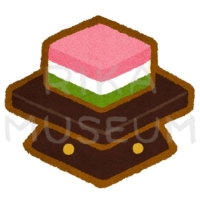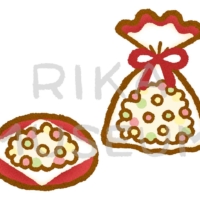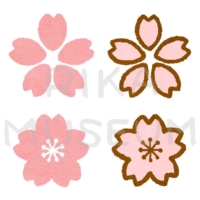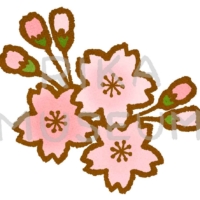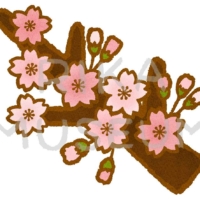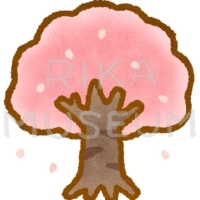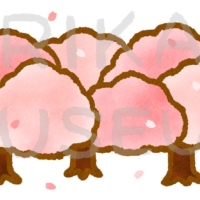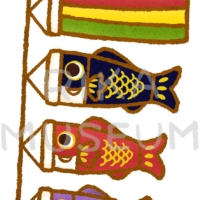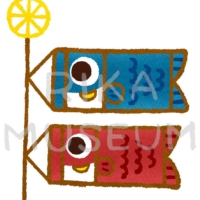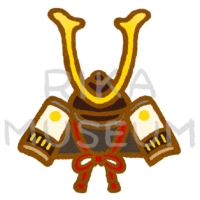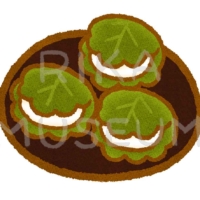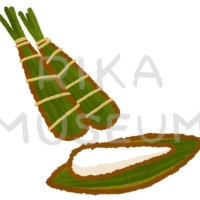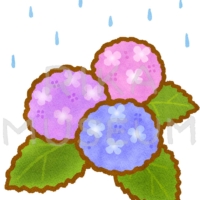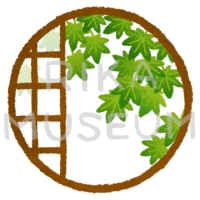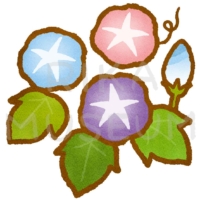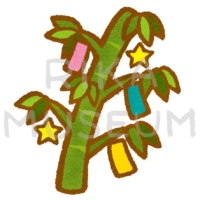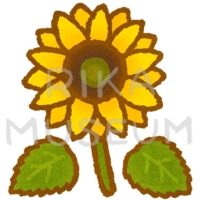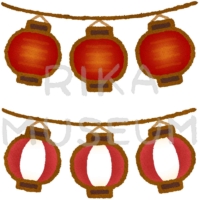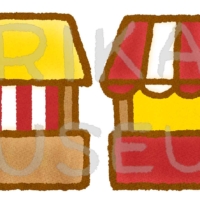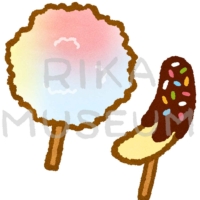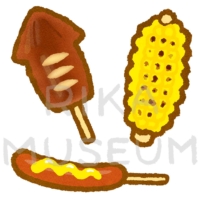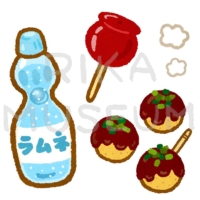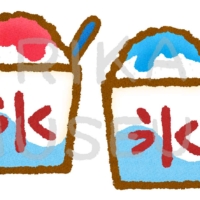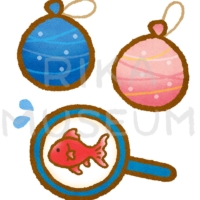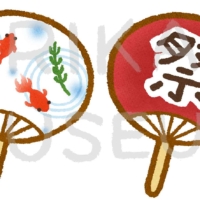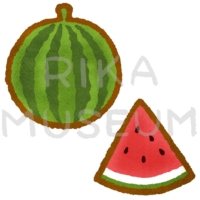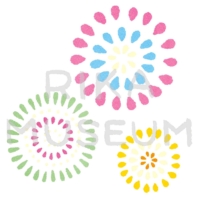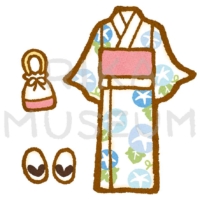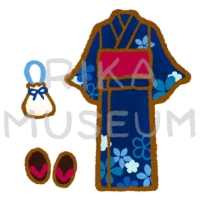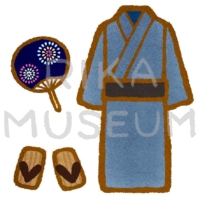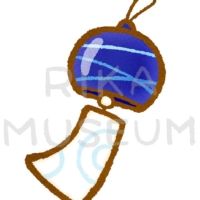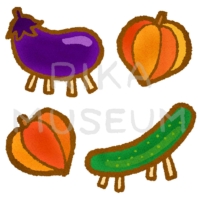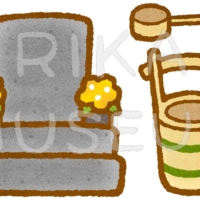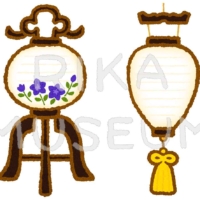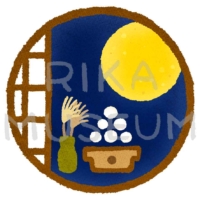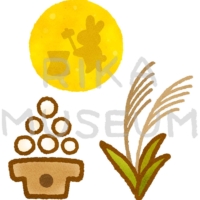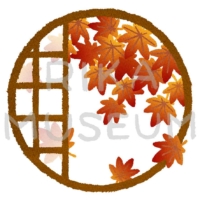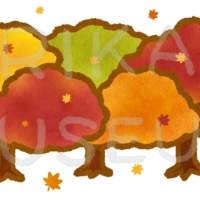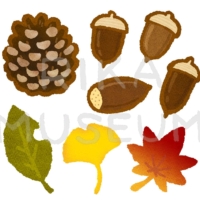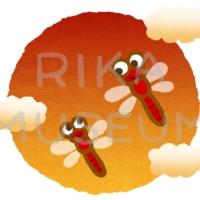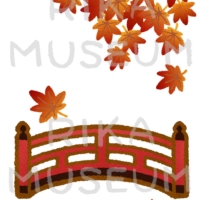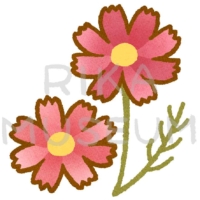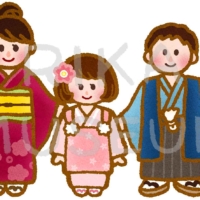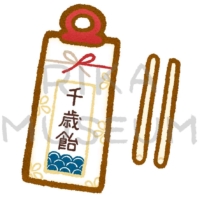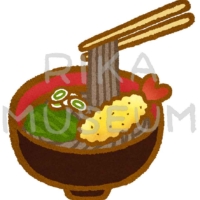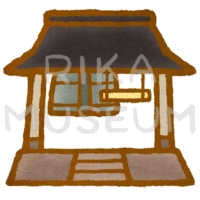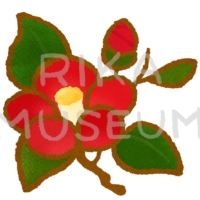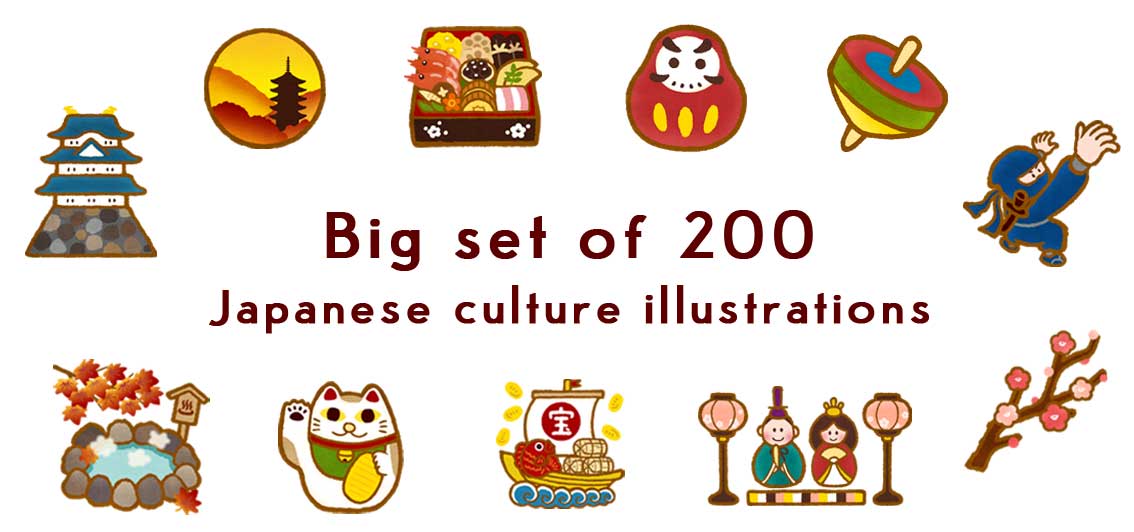
You can buy and download many cute images and use them for design.
Free version of Japanese culture illustrations
Contents
The 200 illustrations are divided into 4 pages (the following ①–④).
② Annual events in fall/autumn
① Japanese New Year, Lucky charm, and Kimono 1–46
③ Shrines, temples, Japanese Mythology, traditional art, and hot spring 99–152
④ Ninja, samurai, and martial art 153–200
Annual events in spring
Setsubun, Girl’s Festival, Cherry-blossom viewing, the Children’s Day
Setsubun
Setsubun refers to the day before risshun, that is the beginning of spring. It usually falls on February 3rd.
People scatter soybeans, saying “Oni ha soto, Fuku ha uchi”. In Japanese, the word “Oni” means devil or demon, and “Fuku” means lucky.
Hina-matsuri (the Girl’s festival)
Hina-matsuri, also called Momo-no-sekku, is an event to celebrate young girls’ growth and pray for happiness.
At Hina-matsuri, hina dolls are displayed, and a special sake, chirashi-zushi (traditional dishes like scattered sushi, rice in a sushi tub with a variety of ingredients sprinkled on top), Hishimochi (lozenge-shaped rice cakes with three layers of red, white, and green), and hina-arare (bite-sized sweet rice crackers) are prepared.
White sake is a special sake for the Girl’s/Doll’s festival.
Cherry blossom viewing
Tango-no-sekku (Children’s day)
Tango-no-sekku (the Boys’ Day) is a Japanese annual event, expressing hope that each boy in the family will grow up healthy and strong.
Families with boys celebrate the day by putting up koinobori (carp streamers) outside their homes, displaying kabuto (a warrior helmet) in the room, and eating kashiwa-mochi (rice cakes wrapped in an oak leaf) or chimaki (steamed rice dumplings wrapped in bamboo leaves).
Ajisai and aomomiji
In Japan, there is a season called “Tsuyu”, which means “rainy season”, and beautiful hydrangeas are the symbol of the season.
Annual events in summer
Tanabata (Star Festival), Japanese summer festival, Obon festival, Yukata
Natsu-matsuri (summer festival)
Obon Festival
Japanese people have the custom of paying a visit to their family’s graves.
Traditionally, Obon lanterns are placed inside the house or in front of houses to guide the ancestors’ spirits.
Some Japanese make a horse out of a cucumber and a cow out of an eggplant during the Obon holiday.
Annual events in Fall / Autumn
・Otsukimi is a seasonal festival to enjoy viewing the moon on the night of August 15th. In Japan, people decorate with silver grass and offer rice dumplings to the moon.
・Momiji-gari (autumn foliage viewing) is a popular event among the Japanese. From the end of October through the beginning of December, when Japanese maple leaves turn red or yellow, people go out to the countryside to enjoy their beauty.
Shichi-go-san
Shichi-go-san means “seven-five-three,” and on November 15th, three-year-old boys and girls, five-year-old boys and seven-year-old girls go to a shrine to pray for their happiness as they grow up.
Annual events in Winter
・Joya-no-kane means striking a temple bell, which is rung one hundred and eight times around midnight on New Year’s Eve.
It is said that a human being has 108 evil thoughts, the ringing of bells can remove those.
・Toshikoshi-soba (buckwheat noodles) is customarily eaten on New Year’s Eve.
In Japan, soba symbolizes a long life because it is long in shape.
① Japanese New Year, Lucky charm, and Kimono 1–46
③ Shrines, temples, traditional art, and hot spring 99–152
④ Ninja, samurai, and martial arts 153–200
Images specifications
- Format:PNG
- Background : transparent
- Color profile : sRGB
- Resolution : 300ppi
- Basic canvas size : 15cm x 15cm (vary a little by illustration)
- Download files have no watermark.
- Please decompress the downloaded file before using it.
Price and payment method
- Price:1,900 JPY (set of 200)
- Total file size : 720MB
- Please note that the illustrations are NOT returnable or refundable after purchase.
- Payment method:Credit card via Stripe (https://stripe.com)
Usable currency: Stripe supports processing payments in 135+ currencies.
Available Credit cards:VISA, MasterCard, American Express, Diners Club International, DISCOVER
Your credit card details are encrypted and securely stored by Stripe and are never entered or stored in RIKA MUSEUM. - Before purchasing, please read Terms and Conditions, Privacy Policy and How to download the product, carefully.
Other products
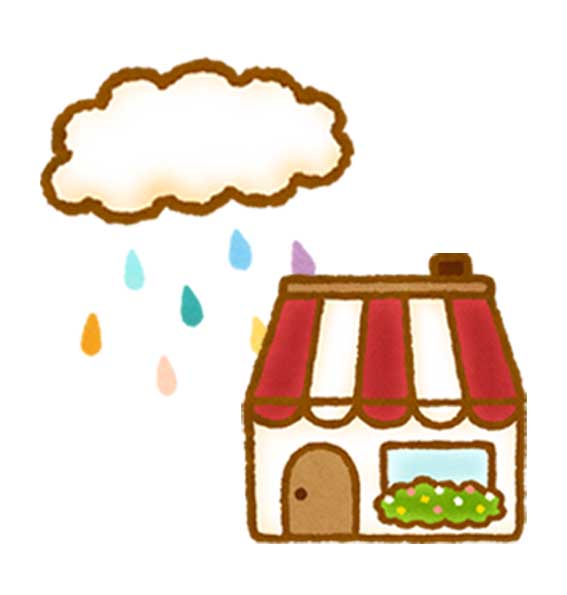
Daily life illustrations 300 (nature, weather, sea, food, flower, tree, house, furniture, travel, art, shopping, clothes)
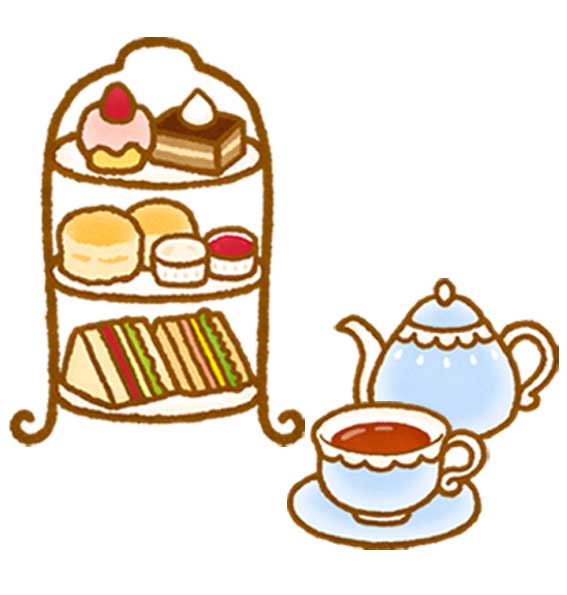
Brunch and sweets illustrations 220 (bread, sandwiches, bagel, quiche, bacon, eggs, cheese, cake, tart, doughnuts, ice cream)
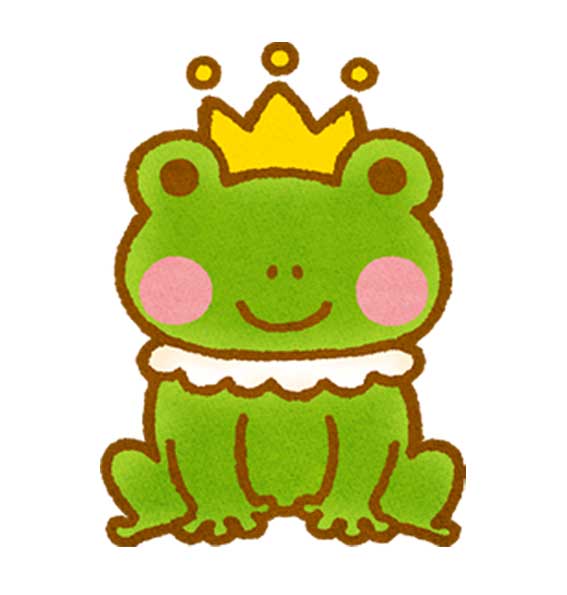
Fairy tale illustrations 300 (Red Riding Hood, Cinderella, Snow White, Sleeping beauty, The Frog Prince, The Three Little Pigs, Jack and The Beanstalk)
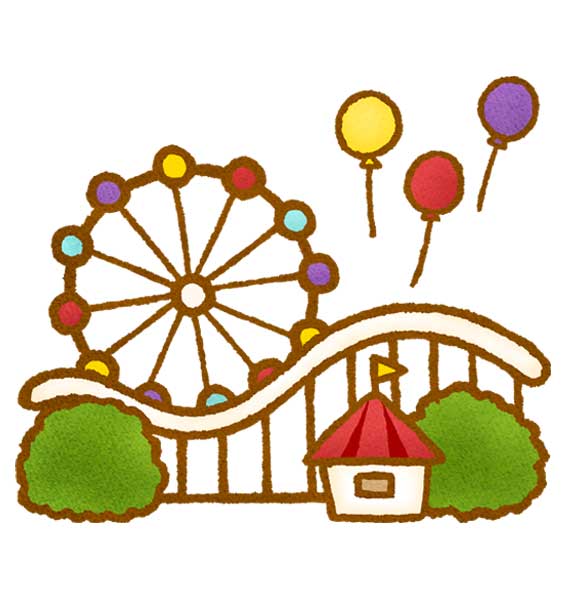
Amusement park illustrations 200 (ride attractions, circus, movie, magic, tickets, delicious-looking fast food, sweets)
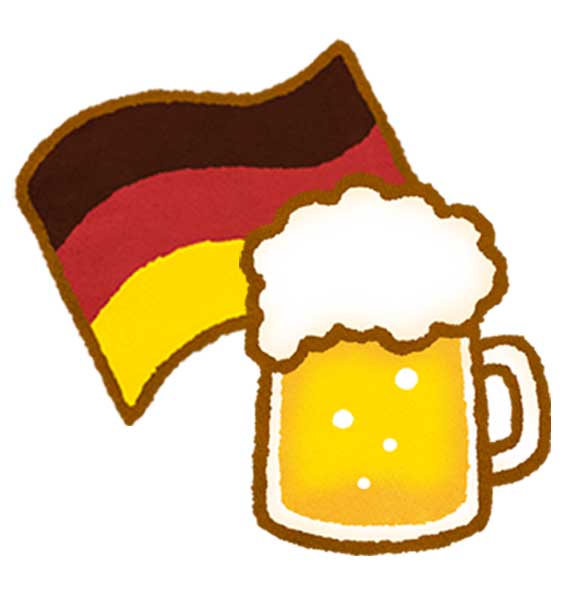
German culture illustrations 200 (beer, sausage, local dishes, wine, Oktoberfest, sweets, Neuschwanstein castle, famous historical buildings, great people related to Germany)
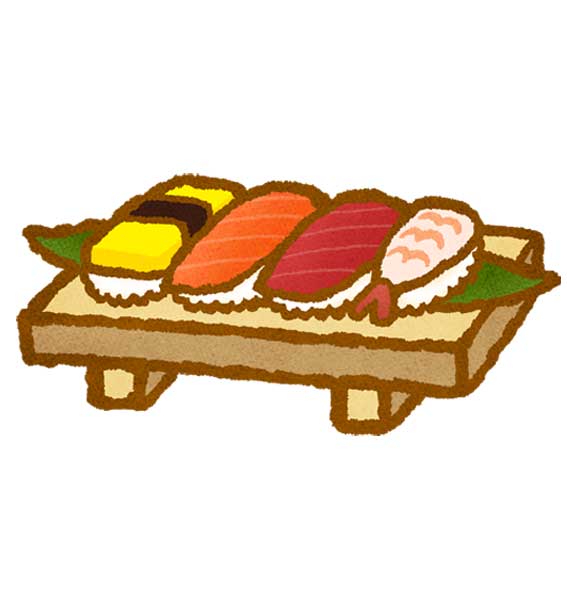
Japanese food illustrations 200 (sushi, tempura, sukiyaki, soba, udon, ramen, matcha sweets)
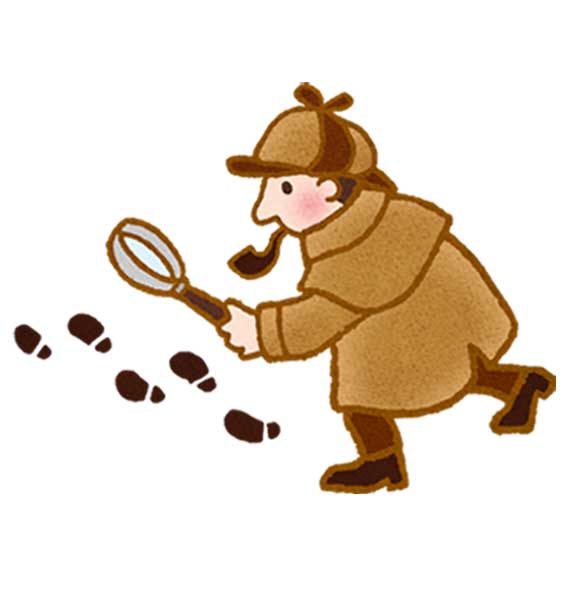
Crime suspense illustrations 200 (crime scene, criminal, police, detective, law court, prison)
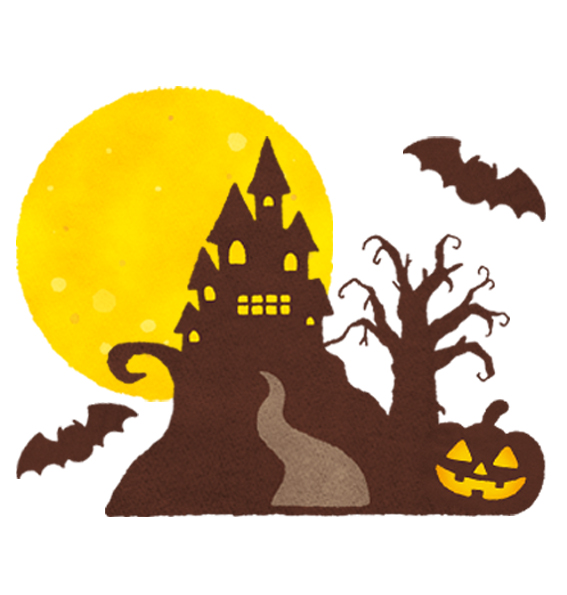
Halloween illustrations 200 (the Moon, jack-o’-lantern, ghost, haunted mansion, old tree, skull, crow, the Grim Reaper, Halloween sweets)
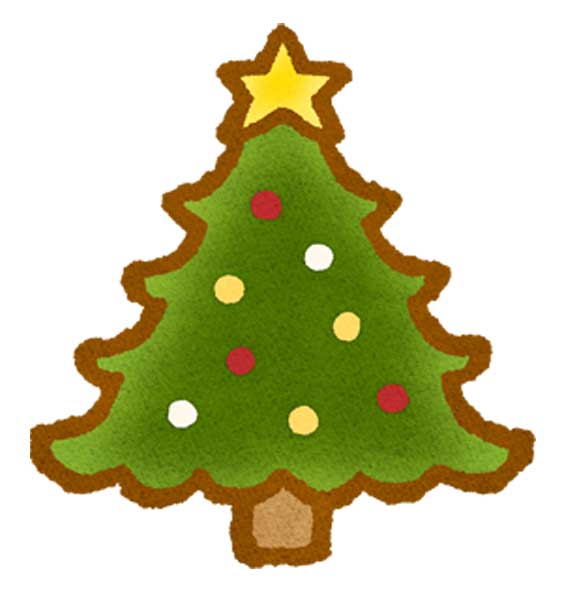
Christmas illustrations 200 (Santa Claus, reindeer, Christmas tree, sled, Christmas gifts, snowman, roast turkey, mulled wine, Stollen, Christmas cake)
Webbook (free)

My travel memoir of Southern Germany with many beautiful photos.
You can read it on this website.
Traveling in Southern Germany (written in Japanese)
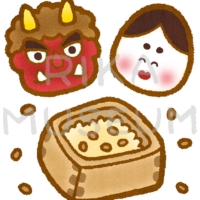
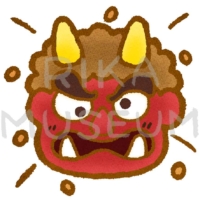
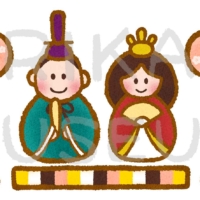
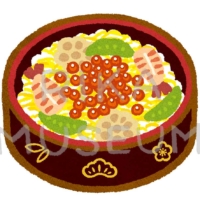
![A special sake for the Girl's[Doll's] festival ひな祭りの白酒のイラスト](https://rika-museum.com/wp-content/uploads/cache/white-sake-1/3623559324.jpg)
